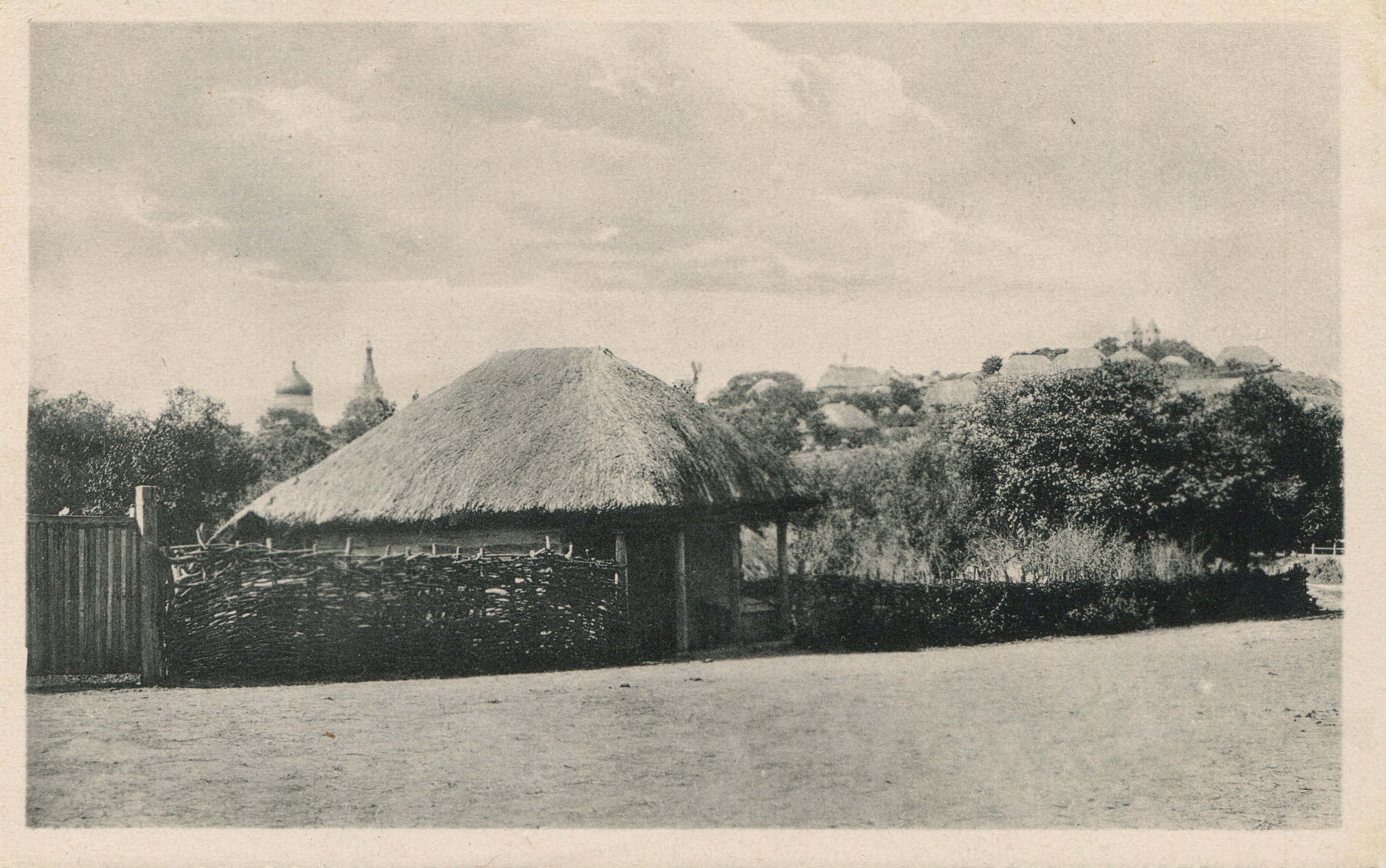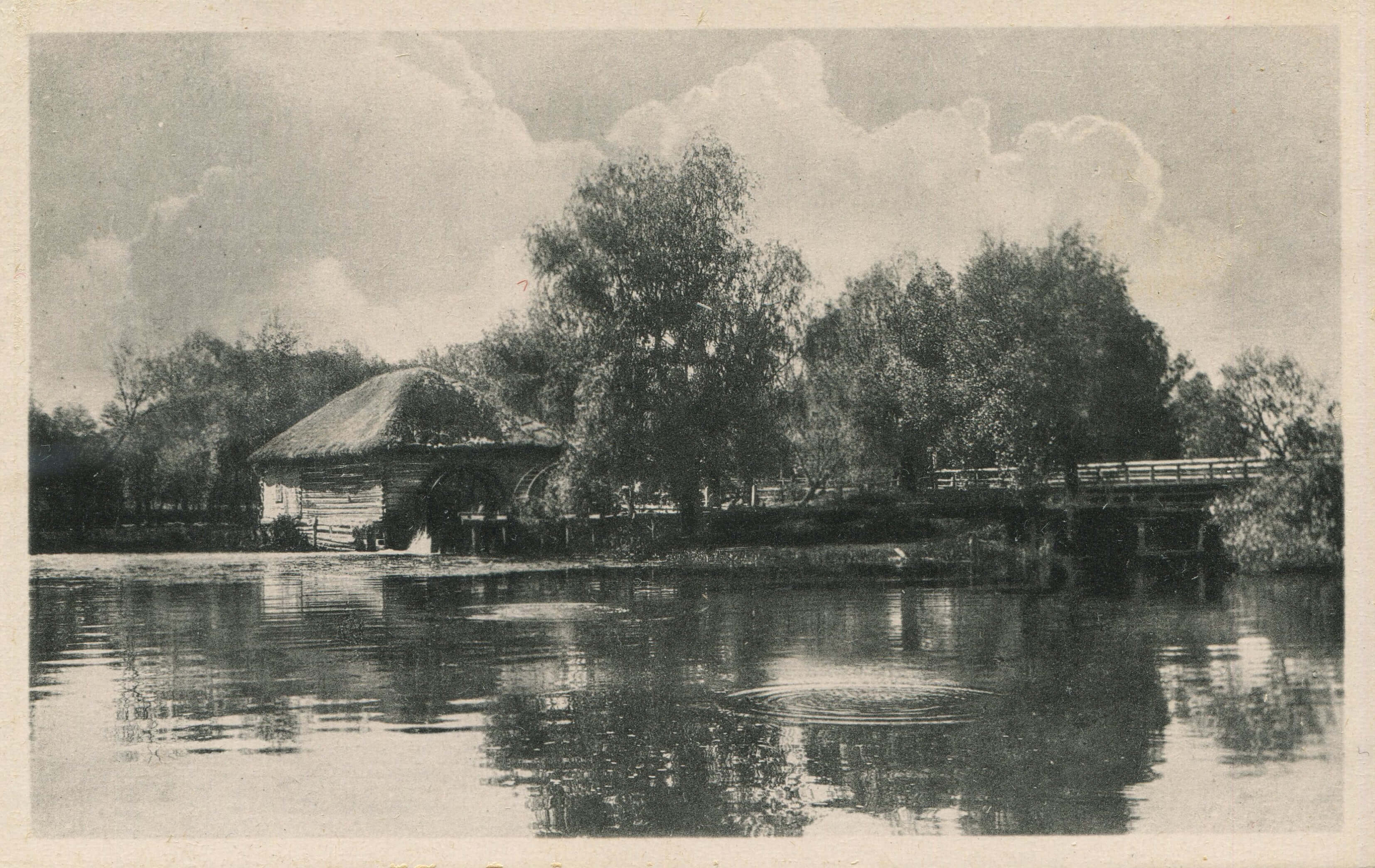
100 Years on Demand: Archive of German Propaganda Postcards with Ukrainian Landscapes
Photographic artist Igor Solodovnikov from Cherkasy purchased postcards with rare photographs of Ukraine from the beginning of the last century. The seller did not know the exact locations where the pictures were taken, their purpose, or even the name of the author. However, the latter was eventually discovered. The author’s name was Volodymyr Svitlychnyi, one of the first Ukrainian photographers.
There is little information available about Svitlychnyi: photographer Andriy Kotliarchuk claims that he was a student of the renowned Kyiv photographer and artist Franz de Mezer. There are also records indicating that Svitlychnyi collaborated with the Saint Eugenia Red Cross Society, a charitable organization that existed in the Russian Empire until 1918. The publishing house of this society was among the first to start printing postcards and reproductions.
It turned out that the same photographs were published four years ago by patron Volodymyr Kozyuk. The only difference was that the captions were in Russian and French, and the printed postcards were likely produced shortly after their creation. Igor Solodovnikov, on the other hand, acquired cards printed in the 1940s in Germany. Bird in Flight asked him to share the story of his collection, and photographer Valeriy Miloserdov to explain the purpose of disseminating idyllic images of Ukraine in the Third Reich.

Photographer and artist from Cherkasy.
— I obtained these postcards from a collector in Cherkasy. He was in urgent need of money, so he was seeking a buyer for these unique photographs of Ukrainian villages during the Tsarist era. He could have sold the postcards one by one, but he wanted to preserve the integrity of the collection, as it was a very rare set consisting of 37 photographs, and it was meant to be kept complete. The images were taken in the early 20th century but were only printed in 1942 in Nazi Germany.
I was impressed by the artistic level of the photographs, the high quality of the photographic materials, the incredible depiction of materiality, and the artistic selection in creating the images. The subjects portrayed the distinctiveness of Ukrainian rural culture, the artistic presentation of daily life, clothing, and houses.
Kholodny Yar I collect photographs that depict the life and everyday activities of Ukrainians, mainly focusing on photographs from 1914 to 1960. The most valuable among them is a group portrait of Kholodny Yar insurgents with weapons during the capture of Cherkasy in 1919.




Ukrainian photographer and photo editor. In 1991, he rescued, organized, and digitized the archive of Ukrainian photographer Irina Pap, who was considered one of the world's best photojournalists in the 1960s. Curator of the photo collection at the Babyn Yar Holocaust Memorial Center.
— It is evident that this is a well-executed professional shot. Such testimonies of Ukrainian life are scarce: we are a people with severed roots. A country that has experienced multiple wars, the Holodomor, the Holocaust, and repressions that have destroyed numerous records of past lives.
At that time, photography was fairly developed in the Russian Empire (most likely depicting territories belonging to it in these frames). Thus, local photographers could have taken the shots. The postcards showcase Central Ukraine, which can be inferred from the landscape. But the most interesting aspect is the printing date: 1942.
I perceive these postcards as propagandistic material portraying an idyllic picture of life in Nazi-occupied Ukraine.
In April 1941, Reich Minister for the Occupied Eastern Territories Alfred Rosenberg submitted a second memorandum to Adolf Hitler, outlining his vision for these lands. Ukraine held a significant place in this memorandum, as it was intended to become the breadbasket of Germany. The Nazis planned to retain a working part of the local population and settle colonists. It was during this time that propaganda materials emerged, persuading people to embark on a journey to Ukraine. For instance, there is a well-known photo reportage featuring a German girl who travels to Kyiv and finds work there. On one of these postcards, it is written in German, “Ukrainian landscape.” I also perceive them as propagandistic material portraying an idyllic picture of life in Nazi-occupied Ukraine.






















New and best




